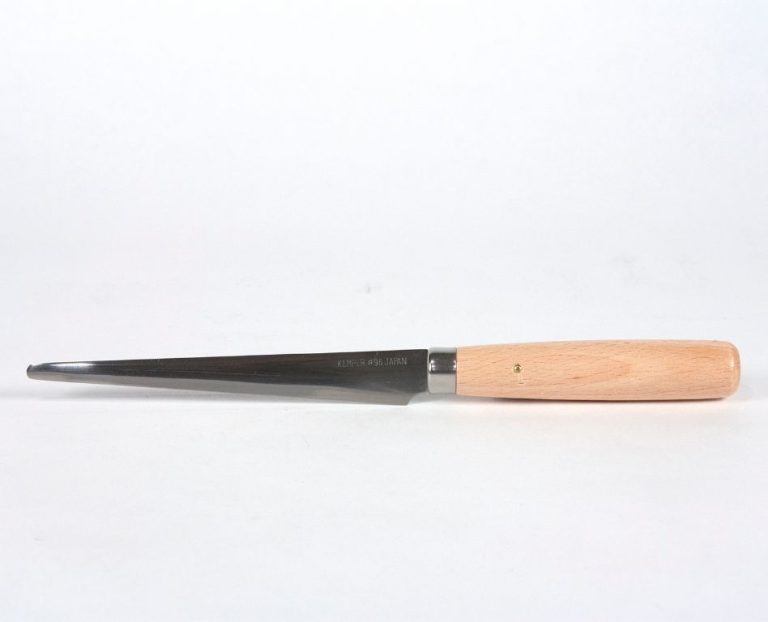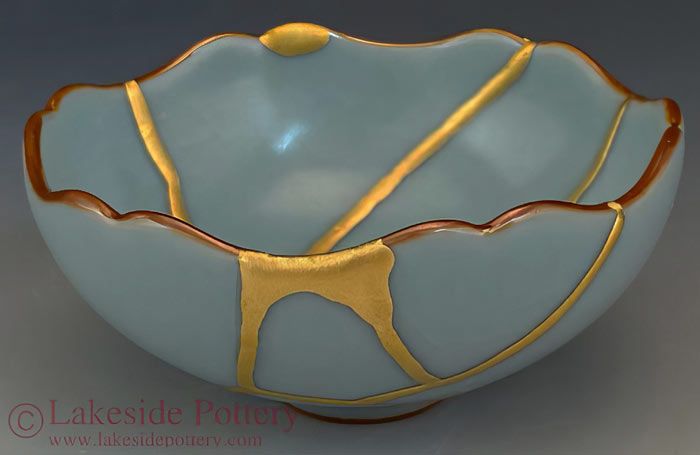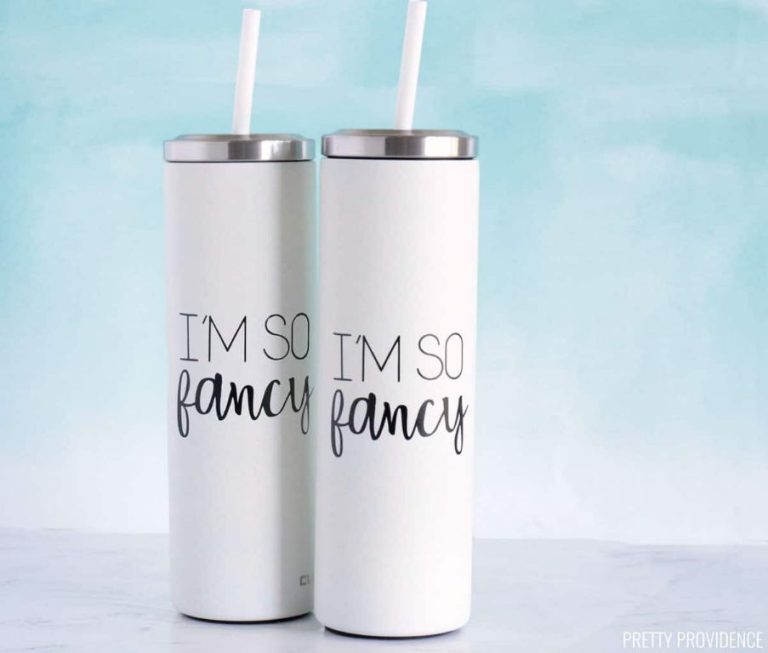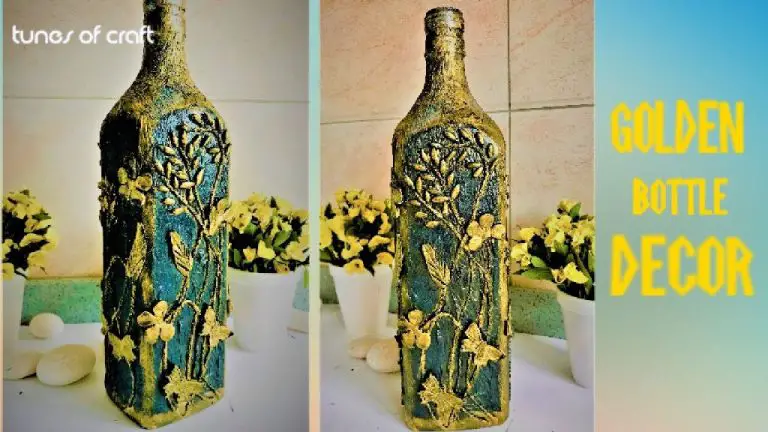What Is Blending My Ball Clay To Make Slip?
What is Ball Clay?
Ball clay is a type of natural clay that is composed primarily of kaolinite and formed by the weathering of granite, feldspar, and other igneous rocks. It is mined from specific geological deposits in several locations around the world.
The largest deposits of ball clay are found in the United States in regions like Kentucky, Tennessee, Texas, and Mississippi. Other countries that mine ball clay include the United Kingdom, China, Thailand, and Ukraine.
Ball clay is highly plastic and has high dry strength, making it an essential ingredient in ceramic bodies and glazes. It is often mixed with other clays and minerals to improve workability and modify firing characteristics. The fine particle size and high plasticity of ball clay enable it to suspend other ingredients evenly within a clay body or glaze.
When fired, ball clay produces a light cream to near white colored ceramic body. It is used extensively in the manufacture of tableware and sanitaryware where white to light firing bodies are required. It also improves throwing and handling properties. In glazes, ball clay acts as a binder and provides stability.
Why Blend Ball Clay?
Blending ball clay serves several important purposes in preparing clay slip for pottery and ceramics work.
Most importantly, blending allows you to achieve the desired properties and characteristics in your clay body. By mixing different types of ball clay in different ratios, you can adjust the plasticity, workability, firing color, and more to match your needs for a particular project.
Blending also allows you to modify factors like clay strength, shrinkage, and porosity. Adding ball clays with higher plasticity will make the overall clay more flexible and easier to throw on the wheel, for example.
In addition, blending different clay bodies allows you to create custom mixes that have specific qualities you’re looking for. You may blend kaolin, fire clay, and ball clay to get a smooth, versatile porcelain. Or you might mix in grog or sand to make a more textured stoneware clay.
The ability to blend ball clays and other clay types provides the control and customization that ceramic artists and potters need to achieve their desired results.
Equipment for Blending
There are several pieces of equipment that can be used to blend ball clay in order to create slip. The three main types are:
Blungers
Blungers are machines designed specifically for blending clays. They consist of a large tank filled with water that has paddles or blades that rotate to stir and mix the clay. Blungers provide high shear forces to break up clay particles and ensure uniform dispersion in water.
Ribbon Blenders
Ribbon blenders use an internal ribbon screw that rotates inside a long horizontal trough to continuously mix materials. The rubbing action of the screw blends the clay and water into a smooth slip. Ribbon blenders work in a continuous process, making them well suited for large volume blending.
Ball Mills
Ball mills consist of a rotating cylinder filled with grinding media like ceramic balls or metal balls. As the cylinder rotates, the media cascades and grinds the clay particles, dispersing them into a slurry. Ball mills work in batches rather than continuously. The grinding action can be adjusted to produce a wide range of slip textures.
Blending Ratios
When blending ball clays, typical percentages are:
- 50-70% primary clay
- 20-40% secondary clay
- 5-10% tertiary clay
These percentages can vary depending on the specific properties you want in your slip. It’s recommended to start with a test blend using these percentages, then adjust as needed. Test different ratios by making small test batches of slip. Evaluate the slip’s properties like viscosity, plasticity, and working characteristics. Adjust the percentages of each clay until you achieve the ideal blend for your purposes.
Blending Process
The process of blending ball clay is essential for producing a smooth and usable slip. There are several key steps involved:
First, the dry ball clay must be milled or ground into a fine powder. This is often done using a ball mill, which rotates a drum with ceramic or metal balls, grinding down the clay into a uniform particle size. Milling produces a powder with higher surface area, allowing it to blend with water more efficiently.
Once milled, precise amounts of clay and water are measured out according to the desired recipe. A typical ball clay slip contains around 20-30% clay to 70-80% water by weight. The amounts can vary depending on the specific properties needed.
The milled clay and water are then mixed thoroughly. Using an electric mixer or blender is ideal to fully incorporate the clay and water together. Enough blending time is needed to achieve a smooth, uniform mixture with no dry clumps of clay remaining. Over-blending can lead to air bubbles in the slip.
Careful control of the blending process is crucial for obtaining a usable clay slip with the right viscosity and consistency for casting or throwing on the potter’s wheel. Taking steps to properly grind the clay, measure ingredients, and blend adequately will yield the best results.
Achieving a Slip
A slip is a suspension of clay particles in water. It has a creamy, liquid consistency that allows it to be poured and cast into molds. The desired viscosity of a slip will depend on the specific clay body and intended use.
For most pottery applications, a good ball clay slip will have a viscosity similar to heavy cream. This thick, fluid texture allows the slip to fully coat the mold surface or object being dipped, while still flowing smoothly and releasing air bubbles.
The viscosity is largely controlled by the water content. Adding more water thins the slip, while less water produces a thicker mixture. For refined pottery slips, a general guideline is to use around 1 part dry clay to 1-2 parts water by weight. However, the exact ratio can vary based on the specific clay body composition and individual preferences.
The percentage of water should be carefully controlled to achieve the ideal viscosity for the application. Too thin, and the slip will be runny and drip off surfaces. Too thick, and air bubbles get trapped as it struggles to coat the mold fully. Testing the slip on a small scale first is recommended to dial in the optimal water content.
With the right consistency achieved, the ball clay slip is ready to deliver smooth, flawless surfaces and facilitate creative pottery techniques.
De-Airing the Slip
After mixing the clay and water to create a slip, it will likely contain air bubbles throughout. Air bubbles can weaken the final ceramic piece, so it’s important to remove them before using the slip.
There are a couple ways to de-air the slip:
Removing Air Bubbles
After initially blending the slip, let it sit for a while. This allows air bubbles to rise to the surface. You can then gently stir the slip to coax bubbles out. Avoid vigorously mixing, as this will actually introduce more air.
Vacuum De-Airing
For more thorough de-airing, use a vacuum pump and chamber. Pour the slip into the chamber and apply a vacuum, which will draw air bubbles out. Let the vacuum run until no more bubbles emerge. Typically 5-10 minutes is sufficient. The slip is now ready for use in casting or throwing.
Testing the Slip
Once you have created your clay slip, it is important to test it to ensure it has the right properties before using it for pottery or other ceramic work. There are two main ways to test a clay slip:
Viscosity Tests
Viscosity refers to the thickness of the slip. You can test viscosity by measuring the time it takes for a certain volume of slip to flow through a small opening. Thinner slips will flow faster than thicker ones. Cup viscosity tests involve cutting a small hole in the bottom of a plastic cup, filling it with slip, and timing how long it takes for the slip to drain out. You want a slip that is fluid enough to pour well, but thick enough to hold its shape.
Small Test Pieces
It’s always a good idea to make some small test pieces with a new slip. Make some simple shapes like small tiles or cups. Allow them to dry fully, then fire them in your kiln. Examine the results – does the clay fire to the right color? Is there excessive cracking or flaws? Test pieces help you evaluate both the working properties of the slip and the final fired characteristics before you use it for larger projects.
Storing the Slip
Once the slip has been properly blended and de-aired, it needs to be stored properly to maintain its properties. The biggest consideration when storing slip is preventing it from drying out. As water evaporates from the slip over time, the properties and consistency will change. To prevent evaporation:
- Store slip in sealed containers. Use containers with tight-fitting lids to prevent moisture from escaping.
- Fill containers as full as possible to minimize air space where evaporation can occur.
- Store containers in a cool, dark place. Heat and light can accelerate evaporation.
With proper storage in sealed containers, slips can be stored for extended periods of time while maintaining their properties and performance. Monitoring the specific gravity with a hydrometer over time will ensure the slip remains consistent.
Using the Slip
Once you have blended your ball clay slip to the desired consistency, you can use it in a variety of ceramic techniques. Here are some of the most common ways to use ball clay slip:
Pouring into Molds
One of the simplest ways to use slip is by pouring it into plaster molds. The porous plaster will wick moisture from the slip, forming a layer of clay on the mold surface. Once the desired thickness is achieved, simply pour out the excess slip and allow the clay layer to dry. This is a great way to make simple geometric forms, tiles, plates, bowls and more.
Brushwork
Using a brush, slip can be painted directly onto bone dry greenware or bisque fired pieces. This allows you to add decorative elements like brushwork textures, colored slip designs, attached appliqués and more. The brushed on slip will dry and become part of the overall surface decoration.
Dip Coating
Dip coating entails submerging an entire piece into a vat of slip to fully coat the surface. This can be done to raw clay pieces to add surface texture and color. It can also be done on bisque ware as a first layer before applying glazes. Dip coating results in a smooth, continuous layer of slip applied evenly over the entire piece.
So in summary, well blended ball clay slip is an extremely versatile material that can be used in many forming and decorating techniques. With some practice and experimentation, you’ll find numerous ways to incorporate ball clay slip into your ceramic work.




